Buy Peonies as a reproduction on canvas, ArtFrame, poster and wallpaper, printed on demand in high quality.
About "Peonies"
About the artwork
This painting consists of several panels filled with peony stems with beautiful flower buds. Similar patterns are repeated on each panel and the decorative character is strongly expressed. The peony room screens at the National Palace Museum of Korea come in four-, six- and eight-panel versions, some of which are large and more than three meters high. There are two types: one that depicts only the peony stems and one that depicts a rock on the ground from which the peony stems grow.
Although some details use slightly different painting styles, the overall composition is vertical and the painting style is flat and schematic. Because of its large and beautiful shape, the peony is recognized as a symbol of wealth and honor, and is also called "Hwawang (花王)," meaning the king of flowers. Within the royal family, large folding screens were made with peony paintings that went beyond the original symbolic meaning of wealth and honor and symbolized national peace and prosperity for the people, and a prosperous era of peace and prosperity.
They were used in important ceremonies. Chamber screens with peonies were used not only on joyous occasions such as weddings, but also on tragic events such as state funerals, various ceremonies at the royal shrine Jongmyo and the embedding of the king's portrait in Jinjeon
Old Master collections
Discover more Old Masters in the following collections:
 Germany
Germany Ordered in February 2021
Ordered in February 2021
 Germany
Germany Ordered in May 2021
Ordered in May 2021
 Netherlands
Netherlands Ordered in July 2020
Ordered in July 2020
 Netherlands
Netherlands Ordered in June 2019
Ordered in June 2019
 Germany
Germany Ordered in February 2021
Ordered in February 2021
 Germany
Germany Ordered in June 2022
Ordered in June 2022
 Germany
Germany Ordered in February 2025
Ordered in February 2025
 Netherlands
Netherlands Ordered in March 2019
Ordered in March 2019
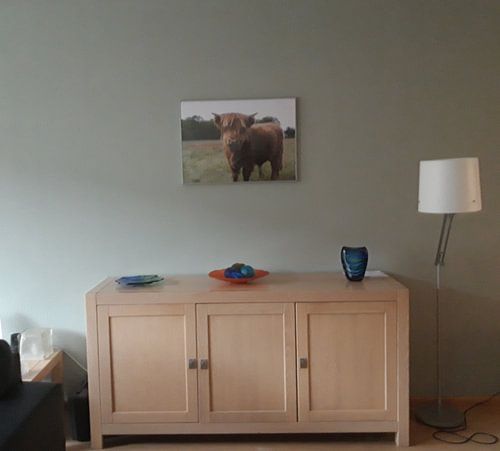
 Germany
Germany Ordered in May 2021
Ordered in May 2021
 Netherlands
Netherlands Ordered in December 2022
Ordered in December 2022
 Germany
Germany Ordered in September 2019
Ordered in September 2019
 Germany
Germany Ordered in December 2019
Ordered in December 2019
About the material
ArtFrame™
Interchangeable Art Prints
- High-quality print
- Easily interchangeable
- Acoustic function
- Large sizes available
Discover the Old Masters collection
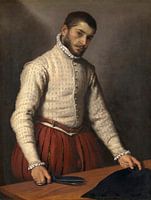 The Tailor, Giovanni Battista Moroni
The Tailor, Giovanni Battista Moroni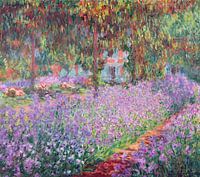 The Artist's Garden at Giverny, Claude Monet
The Artist's Garden at Giverny, Claude Monet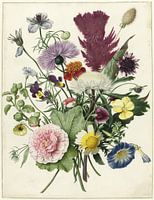 Bouquet of flowers on white background (seen at VT Wonen)
Bouquet of flowers on white background (seen at VT Wonen)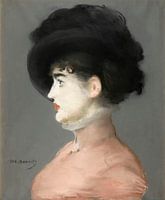 Irma Brunner, Édouard Manet
Irma Brunner, Édouard Manet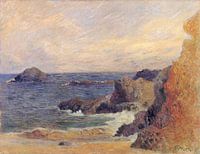 Rocks by the sea, Paul Gauguin - 1886
Rocks by the sea, Paul Gauguin - 1886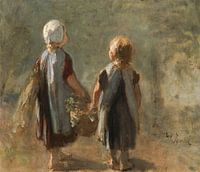 Two little girls carrying a basket - Jozef Israels
Two little girls carrying a basket - Jozef Israels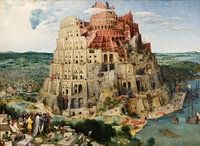 The Tower of Babel, Pieter Bruegel
The Tower of Babel, Pieter Bruegel Self-portrait, Adriaen van de Venne
Self-portrait, Adriaen van de Venne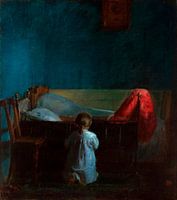 Evening prayers, Anna Ancher
Evening prayers, Anna Ancher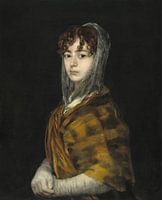 Francisca Sabasa y Garcia - Portrait woman old master of Francisco Goya
Francisca Sabasa y Garcia - Portrait woman old master of Francisco Goya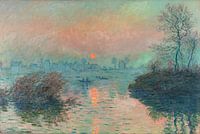 Sunset on the Seine at Lavacourt, Claude Monet
Sunset on the Seine at Lavacourt, Claude Monet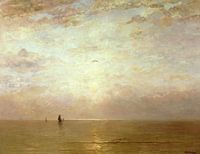 Sunset, Hendrik Willem Mesdag
Sunset, Hendrik Willem Mesdag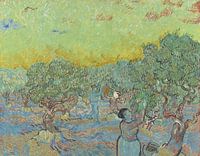 Olive grove with two olive pickers, Vincent van Gogh
Olive grove with two olive pickers, Vincent van Gogh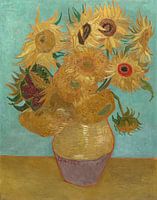 Vincent van Gogh. Sunflowers
Vincent van Gogh. Sunflowers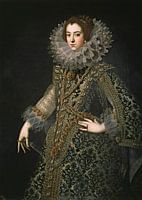 Queen Elizabeth of Bourbon
Queen Elizabeth of Bourbon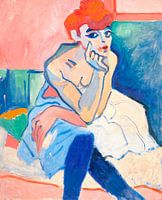 Woman in a Chemise, André Derain
Woman in a Chemise, André Derain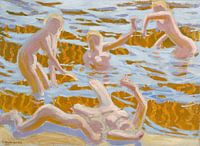 Oceanides, Akseli Gallen-Kallela
Oceanides, Akseli Gallen-Kallela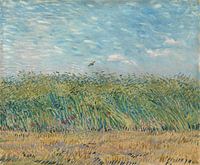 Vincent van Gogh, Cornfield with partridge
Vincent van Gogh, Cornfield with partridge Portrait of a man, anonymous - 1633
Portrait of a man, anonymous - 1633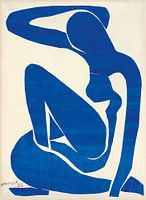 Henri Matisse. Blue nude
Henri Matisse. Blue nude
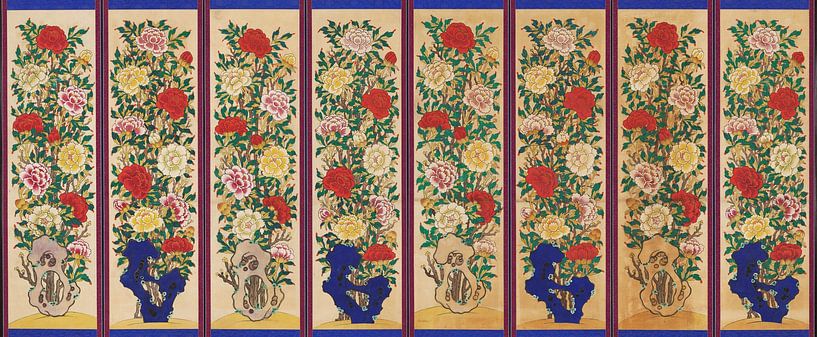

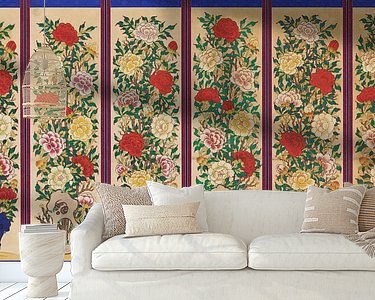


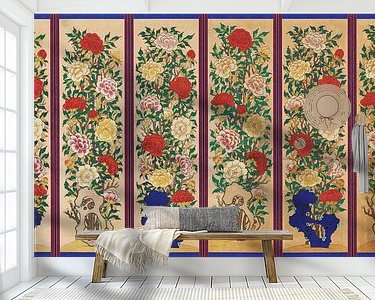

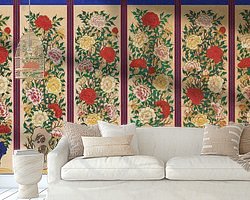




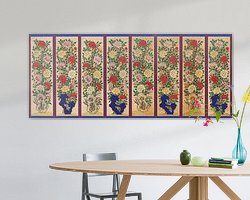
 Elegant Expressions
Elegant Expressions Old masters
Old masters Serene Peace
Serene Peace Vibrant Colors
Vibrant Colors









